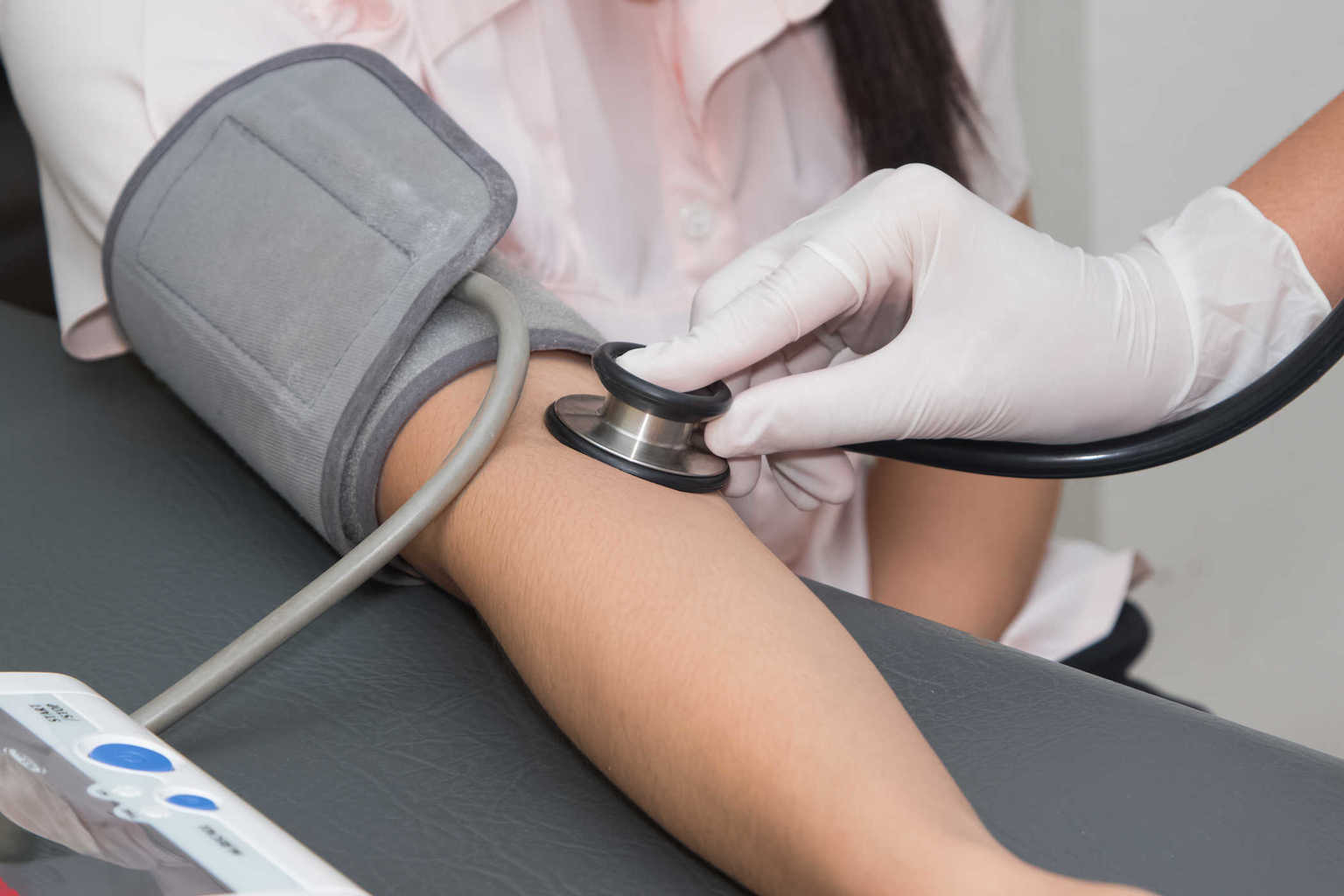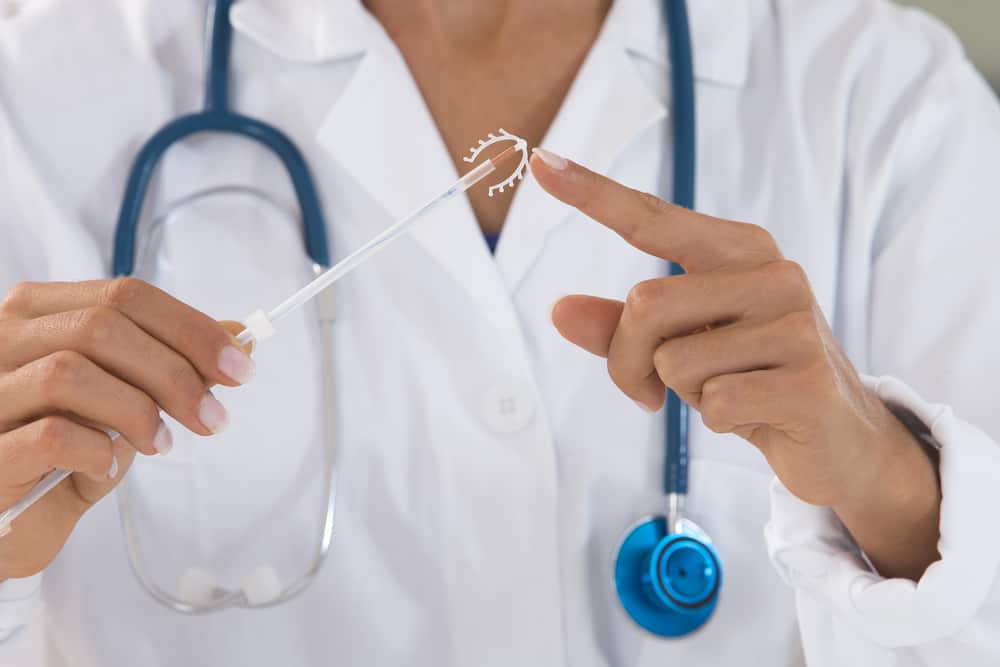Contents:
- Medical Video: Brain Stimulation Helps Woman Recover From Stroke
- Where did the idea of electrical therapy come from?
- What are the results of research on electrical therapy in the treatment of stroke?
- What is the future of treating stroke?
Medical Video: Brain Stimulation Helps Woman Recover From Stroke
Most stroke medical treatments that are widely used have been directed at preventing the spread of blood clots in blood vessels that supply the brain. Some very specialized stroke treatments, such as plasminogen tissue activators and intra-arterial thrombolysis, work to dissolve blood clots in order to restore the flow of blocked blood vessels in the brain. This is though it is considered revolutionary, but it has the possibility of serious side effects.
Hospital patient monitoring and intensive care support are focused on maintaining health stability through methods such as regulating blood sugar and blood pressure and titrating body fluids to help support maximum recovery. This is often referred to as 'supportive care,'
Where did the idea of electrical therapy come from?
Like every other organ, the brain needs adequate blood supply to deliver oxygen and essential nutrients to produce energy so that it can function properly. Nerve cells in the brain usually work together in unique ways through coordination of electrical signals. When the brain is damaged by a stroke, the brain's ability to send and receive electrical signals is disrupted. So, can treatment of brain tissue with direct electrical stimulation help the brain's ability to function properly again? Can electrical medicine help heal injuries caused by strokes?
Scientists and researchers have repeatedly questioned this and even designed and conducted several experimental studies to study whether post-stroke brain activity disorders can be cured by electrical treatment. Some of the results of these studies look quite promising.
What are the results of research on electrical therapy in the treatment of stroke?
An article described a research experiment on the effects of electrical stimulation on the brain conducted at the University of Queensland and published in April 2014. Experiments show that non-invasive electrical stimulation of the scalp produces changes in brain activity, as shown by MRI brain function.
Other research from Brigham and Women's Hospital, Harvard Medical School, published in the August 2014 issue of the journal CNS neuroscience and therapy. The authors of this article report that direct electrical stimulation of cerebellar cells can protect brain cells from the type of damage caused by ischemia through a protective process called neuroprotection. The researchers report that several methods of electrical stimulation produce neuroprotection. This new research can open the door to new methods of treatment or prevention of stroke.
What is the future of treating stroke?
Stroke can be a sad event for sufferers, friends and for loved ones. This can affect daily functions, relationships, and the ability to drive and work. Can change one's mood and outlook on life itself. Treatment of stroke has developed over the last 30 years.
Electrical stimulation or magnetic stimulation can be an option for some stroke patients to recover in the near future. So far, this treatment has not been widely studied or widely used. Future research may evaluate safety for use in patients.
If you are a recovering stroke sufferer and are interested in the latest treatment options, you might want to learn more about the right experimental treatment for you












